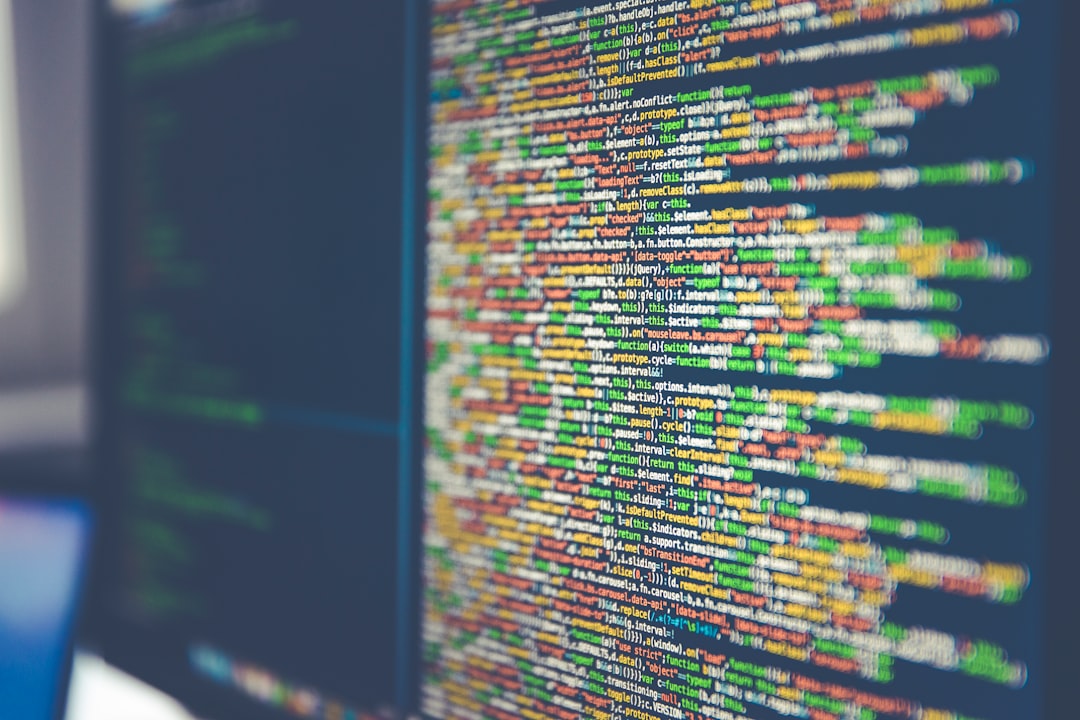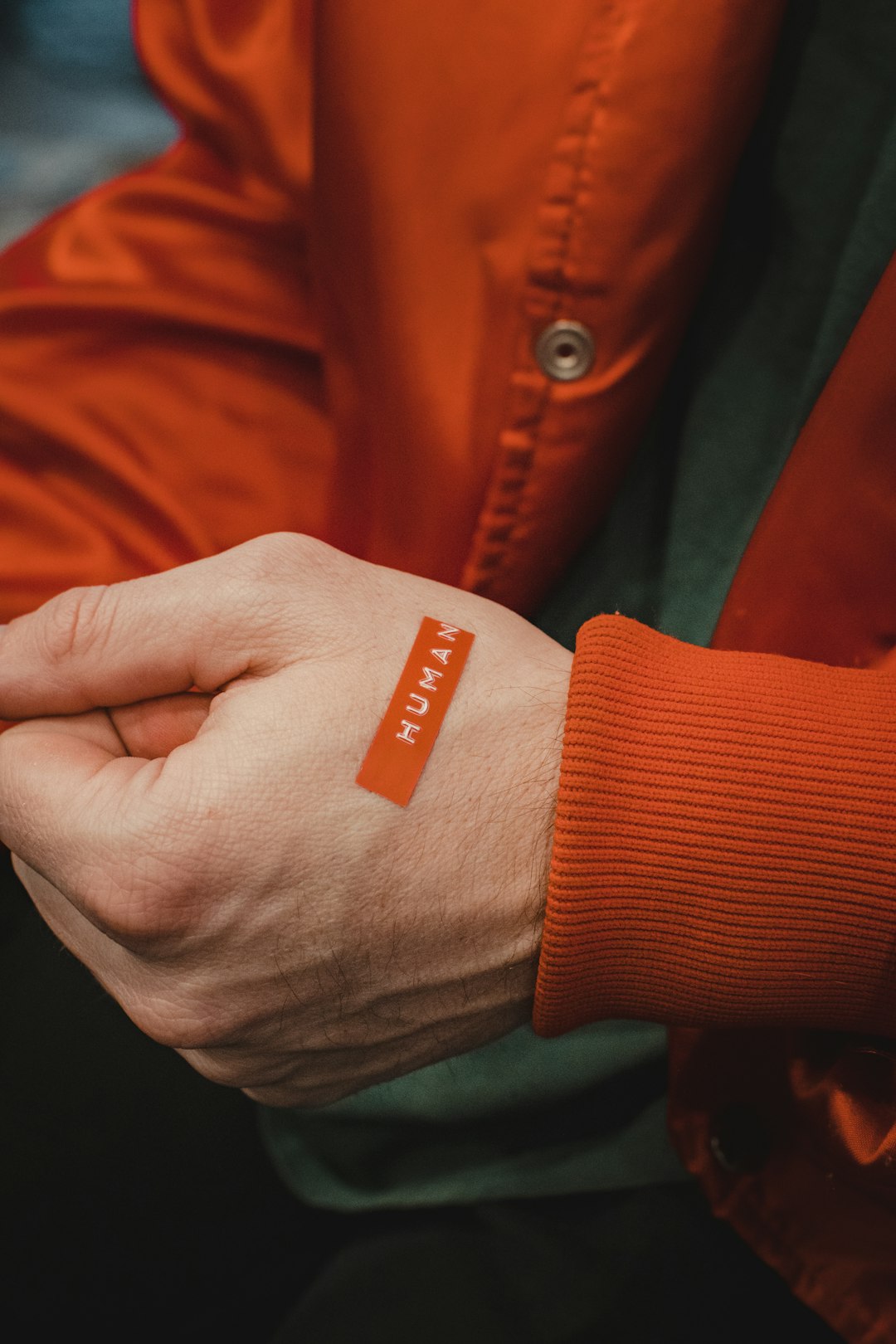
AI Learns How To Play Doodle Jump
Artificial Intelligence (AI) has consistently pushed boundaries across various domains — from mastering complex board games like Go and Chess to optimizing logistics and automating customer service. Now, as part of a growing body of research exploring AI’s capabilities with real-time physics-based platforms, developers have begun teaching AI how to play one of mobile gaming’s iconic titles: Doodle Jump.
Originally released in 2009, Doodle Jump is a vertical scrolling platformer where players guide a four-legged creature named Doodler up an endless series of platforms without falling. The simple premise is underpinned by increasingly complex challenges, making it an interesting sandbox for AI experiments.

Contents
Why Doodle Jump for AI Research?
Despite its arcade-like simplicity, Doodle Jump presents several challenges ideal for AI learning mechanisms:
- Stochastic environment: The placement of platforms is partially randomized, introducing unpredictability.
- Physics modeling: The vertical movement mechanics and various platform types require nuanced spatial understanding.
- Real-time reaction: Continuous input is necessary to navigate enemies, black holes, and moving platforms effectively.
All these aspects compel AI systems to integrate pattern recognition, reflex optimization, and decision-making — skills critical for broader AI applications beyond gaming.
How AI is Trained to Play
The process of enabling an AI to play Doodle Jump begins with creating a simulated environment that mimics the game accurately. Once the game environment is understood, AI employs reinforcement learning (RL) — a technique where the AI “learns” through trial and error. The agent receives rewards (or penalties) based on the success of its actions, such as:
- Positive reward for landing on a platform and moving upward
- Negative reward for falling down or hitting an obstacle
To facilitate learning, developers commonly use frameworks such as OpenAI Gym or Unity ML-Agents. Processing is usually accelerated through GPU computing and, in advanced cases, distributed across multiple virtual environments to speed up data collection.
Results and Performance
After hundreds of thousands of training iterations, the AI begins to outperform casual human players. Several key observations have emerged:
- The AI learns to predict platform trajectories, adjusting jumps ahead of time rather than reacting too late.
- It avoids enemies more strategically and identifies “safe zones” faster than most players.
- Unlike humans, the AI maintains constant mechanical precision, showing no sign of fatigue over time.
Interestingly, an AI that appears to be playing “perfectly” may not always achieve the highest score. That’s because the goal optimization depends heavily on the reward structure — if not weighted correctly, an agent might play conservatively or even exploit game mechanics in unexpected ways.

Broader Implications
This experiment is not purely for entertainment. It reinforces how AI can scale to understand basic pattern recognition and real-time processing. Key areas that are benefitting from similar advances include:
- Autonomous vehicles — Simultaneous object detection and action planning in real-time.
- Robotics navigation — Managing unpredictable terrain and adjusting tactics dynamically.
- Healthcare diagnostics — Rapid image interpretation and signal processing under variable conditions.
Furthermore, by engaging with dynamic gaming environments, AI is exposed to situations that mimic real-world decision-making under pressure. Games like Doodle Jump, while simplistic on the surface, simulate complex layers of randomness, spatial awareness, and adaptive behavior — conditions critical in fields like emergency response automation and robotic coordination.
Ethical Considerations
With increasing capabilities at hand, ethical questions are becoming more urgent. Could AI behavior learned in simulated entertainment platforms leak into real-world applications in unintended ways? Could highly specialized behavior limit transferability into socially beneficial functions?
As researchers and developers continue to explore new frontiers, transparency, control, and ethical design must accompany technical breakthroughs. While teaching an AI to play Doodle Jump may seem whimsical, the underlying technology is anything but trivial.

Conclusion
The AI leap into mobile arcade territory is an illustration of machine learning’s capacity to grasp complex tasks from seemingly trivial interfaces. Beyond the charm and novelty of a perfect Doodle Jump player lies a rich tapestry of algorithms, strategy learning, and human-inspired reasoning. As these systems advance, they not only celebrate computational achievement — they serve as test beds for the AI environments of tomorrow.
